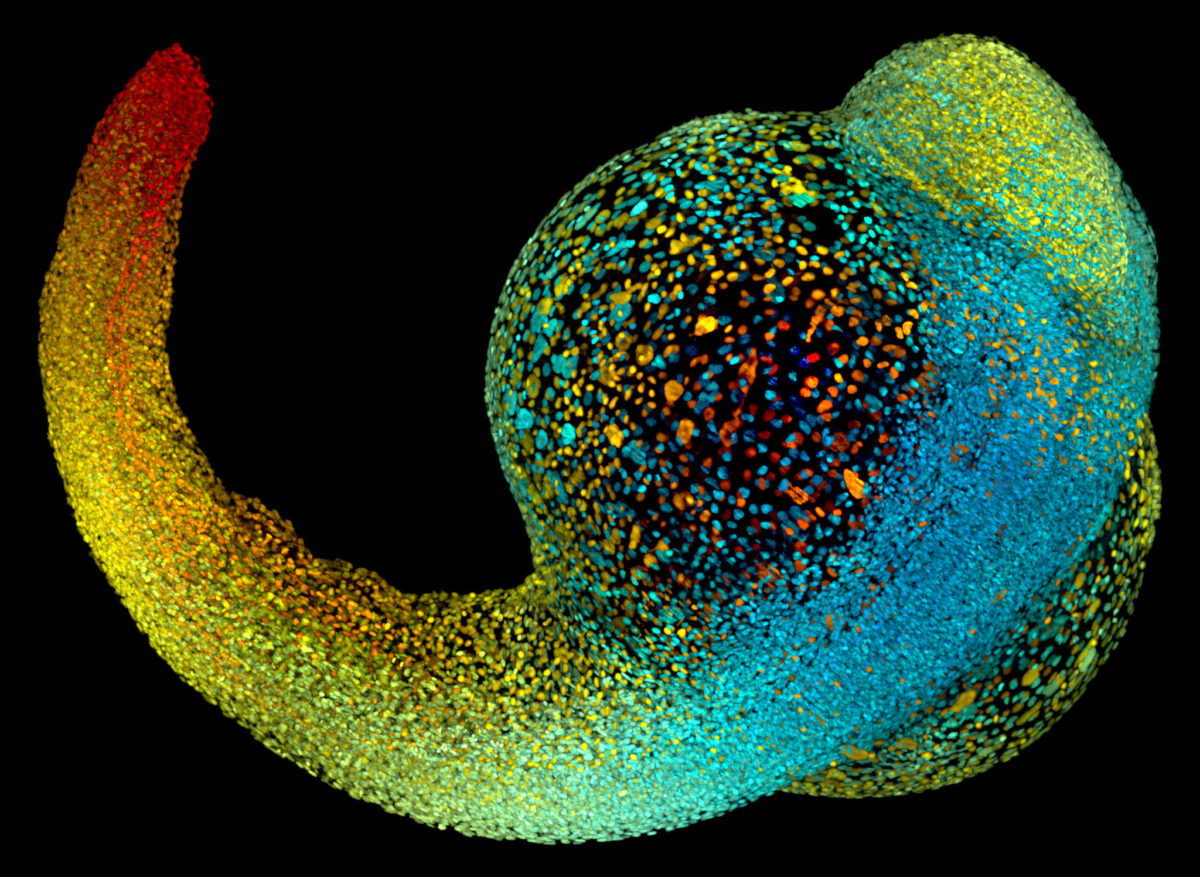


The Problem of Evidence
If it isn’t testable, it isn’t science.
The present controversy over evolution is often portrayed as the latest battle in a centuries-old war between science and religion. According to this stereotype, Darwin’s theory was a milestone in scientific progress, based on evidence that is now overwhelming, and its principal opponents were–and still are–religious fundamentalists committed to a literal interpretation of Genesis chronology.
That stereotype, however, is false.
Read More ›
Darwin’s Straw God Argument
Charles Darwin called The Origin of Species “one long argument.” The whole point of it was to show that living things are not special creations, but modified descendants of common ancestors. Although The Origin of Species listed many facts from nature, Darwin’s argument was basically theological, and it took this general form: The facts of nature are “inexplicable on the theory of creation,” but make sense on the theory of descent with modification.
Read More ›
Is the “Science” of Richard Dawkins Science Fiction?
Atheist Richard Dawkins is hopping mad at the makers of Expelled: No Intelligence Allowed. Dawkins accuses the filmmakers of “lying for Jesus” because they make it seem that he believes in intelligent design and space aliens.
Read More ›
Darwin of the Gaps

Inherit The Spin
Darwinists Answer “Ten Questions” with Evasions and Falsehoods A year ago, I posted “Ten Questions To Ask Your Biology Teacher About Evolution.” On November 28, 2001, The National Center for Science Education (NCSE) posted its answers to my questions.

Ten Questions to Ask Your Biology Teacher About Evolution
ORIGIN OF LIFE. Why do textbooks claim that the 1953 Miller-Urey experiment shows how the building blocks of life formed in the Earth’s early atmosphere — when scientists actually think that the Earth’s early atmosphere was quite different and the origin of life remains a mystery?
Read More ›